|
The policies of the United Nations Framework Convention on Climate Change contain a dangerous loophole that allows for carbon dioxide (CO2) emission from burning wood biofuel. This CO2 emission from burning forests for energy is therefore not counted in the nations’ CO2 emission accounting systems because it’s been declared “renewable.” This means that, over time, forest regrowth can capture the released carbon from the original clearcut—but only if the cut forests are allowed to regrow enough to pay back the carbon debt, which is questionable. But even if they are allowed that time, the problem is the length of time. It takes 44-104 years, as research has shown, to repay the debt which is way too long to be anything but counterproductive to meeting the Paris Agreement limits. It only diminishes our chances to meet them.
0 Comments
The Climate Framework Nations are Failing Us: Burning Forests for Energy is a Prime Example8/23/2023 The Drax electric power station is the biggest single emitter of carbon dioxide (CO2) pollution in the United Kingdom. It burns wood, much of which comes from trees logged out of European and US forests, often mature or old growth, to fuel the power plant’s turbines thus generating electric energy to replace coal. This process releases an abundance of CO2 into the atmosphere, more so than burning coal. (Wood burns less efficiently than coal, therefore it takes more wood biomass than coal to produce a comparable unit of electricity.)
From the time of the first reporting of the Intergovernmental Panel on Climate Change in 1990, humans have dumped more CO2 into the atmosphere since the days when the earliest members of Homo sapiens walked on the earth.
The wood pellets industry is destroying our remaining old-growth forests and is worsening the effects of global warming. “We have built our economies, our societies and our civilizations on two assumptions about the natural world: first, that change happens in an incremental, linear way; second, that earth’s biosphere has essentially infinite space and capacity to absorb human impacts (our waste) and cope with our extraction of resources (our consumption).
The science of resilience and complex systems have debunked both assumptions.” The above quote appears in an essay by Johan Rockstrom, Swedish scientist, and Joint Director of the Potsdam Institute for Climate Impact Research. It appears in Greta Thunberg’s, The Climate Book, Penguin Press, 2023. By now, almost every informed person is aware that humanity is in serious jeopardy from the ever-increasing negative effects of global warming and the global destruction of ecosystems. The magnitude of this double-barreled menace cannot be overstated and it’s incumbent upon us as a species to act quickly. Our survival quite literally depends on it.
The situation is well described by world renown biologist, E. O. Wilson: “The on-going mass extinction of species, and with it, the extinction of genes and ecosystems, ranks with pandemics, world war and climate change as among the deadliest threats that humanity has imposed on itself.”
E.O. Wilson, who died in early January, and David Attenborough met for a first-ever interview on Half Earth Day (which springs from the Half Earth Project). The interview took place on October 22, 2021 and was moderated by Tim Smit at the Royal Geographical Society in London.
A recent article from Associated Press (AP) reported that the UN is gearing up for a push to save the planet’s biodiversity.
Resurrection Fern, Pleopeltis polypodioides, is a perennial fern that is evergreen except in periods of drought when the leaves turn brown as if the plant is dead. But when it rains its “resurrection” quickly occurs. The fern is common on Wafer Creek Ranch as it most often grows on the limb and trunk surfaces of hickories and oaks. It’s an epiphyte, meaning that it steals no nutrients or water from its host—it can even grow on rocks! An old post oak cloaked by resurrection fern.
If you ever have the opportunity to see a Monarch Butterfly or any other small species in peril (and these days there’s no shortage), the answer would be right before your eyes. At the same time, many would ask this question: “Why should I really care? After all, the Monarch is only an insect.”
|
Johnny Armstrong, Author
#Biodiversity advocate. Ecosystem Restorationist. Steward of an old-growth forest and woodland in northern Louisiana. #ForestFolkMatter #ScienceMatters Rescuing Biodiversity (publishing in June 2023) tells the story of Johnny's attempts at Wafer Creek Ranch to preserve a vanishing Louisiana ecosystem and restore the animal and plant species that once lived there.
“An avowed student of life and restoration ecology, Johnny Armstrong expertly teaches us how to restore an imperiled southern ecosystem based on deep research, firsthand experience, and delighted observation of the species that return to his beloved Wafer Creek Ranch. Driving his devotion is the alarming truth that loss of biodiversity poses a threat on par with climate change and his impassioned belief that society can alter that trajectory, one acre at a time.”
Cindy Brown, Executive Director Land Trust for Louisiana “Up there on your bookshelf between Tolkien and Watership Down is where this book belongs. As an anthropomorphic adventure that winds through the realm of animals possessing courage, savagery, perseverance, and ultimately wisdom in the face of mounting evil threats – humans disconnected from the natural world – the tale is relevant, if not necessary.”
Kelby Ouchley, Author Bayou Diversity: Nature & People in the Louisiana Bayou Country Find an Indie Bookstore
Archives
September 2023
Categories |
CONNECT WITH JOHNNY & THE FOREST-FOLK
JOIN US AT THESE SOCIAL NETWORKS
Shadowshine, An Animal Adventure
by Johnny Armstrong ISBN-10: 1771834609 ISBN-13: 978-1771834605 #ForestFolkMatter #BookstoRead #Fiction #Literature #LiteraryFiction #AnimalFiction |
|
Official Site of Shadowshine, An Animal Adventure ©Johnny Armstrong
Website Developed and Managed by Freelance Creative Support Services
Website Developed and Managed by Freelance Creative Support Services
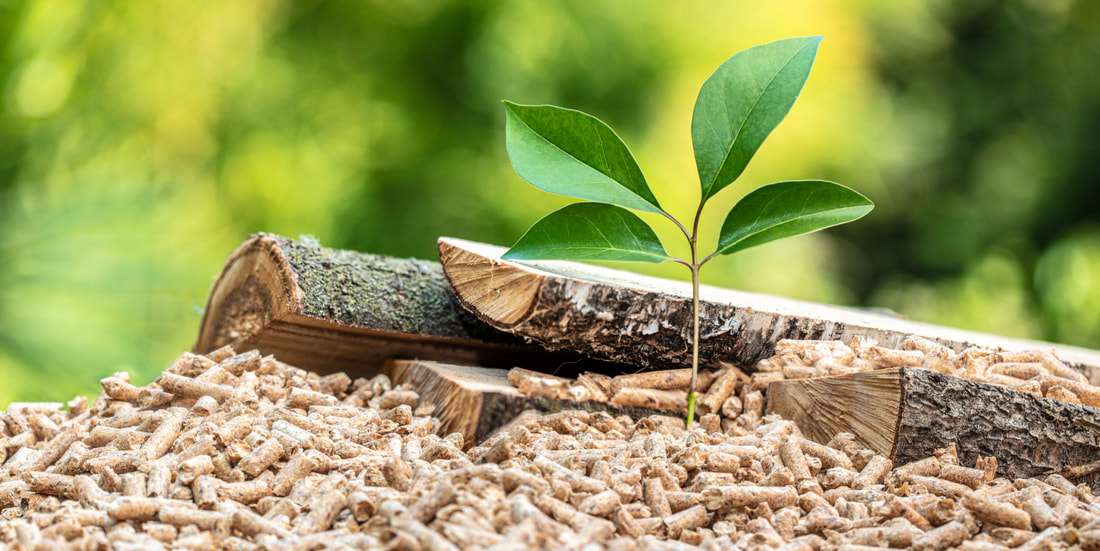



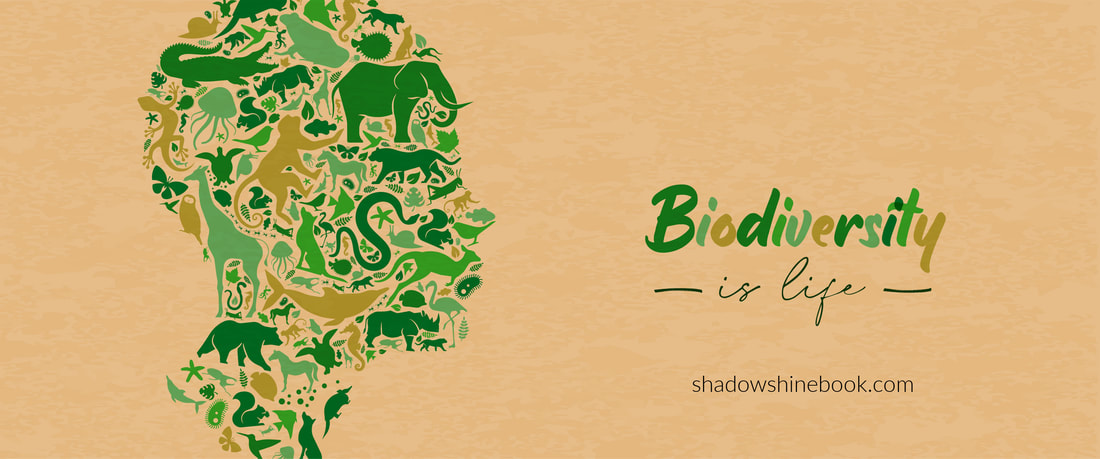
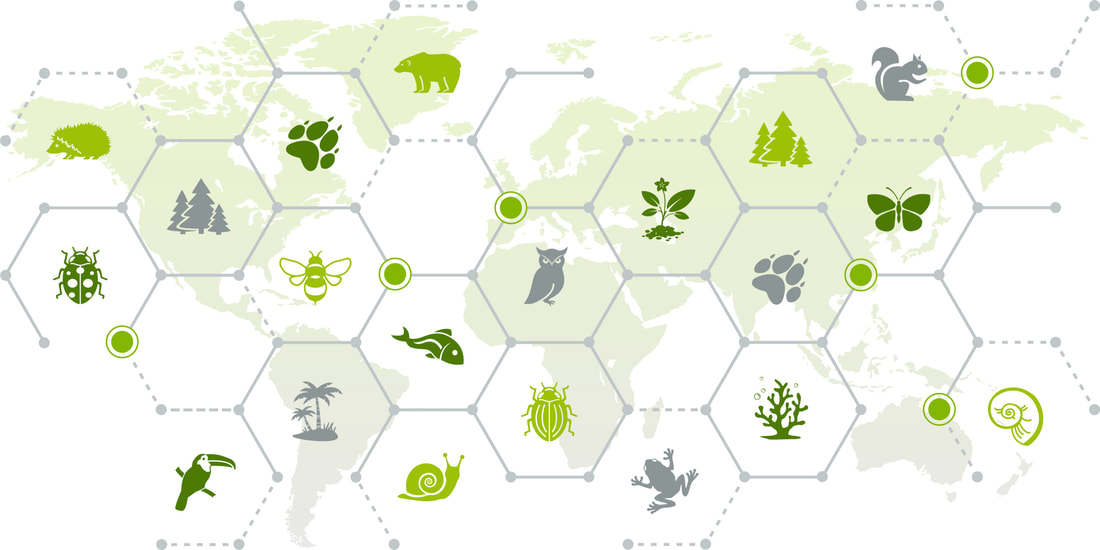
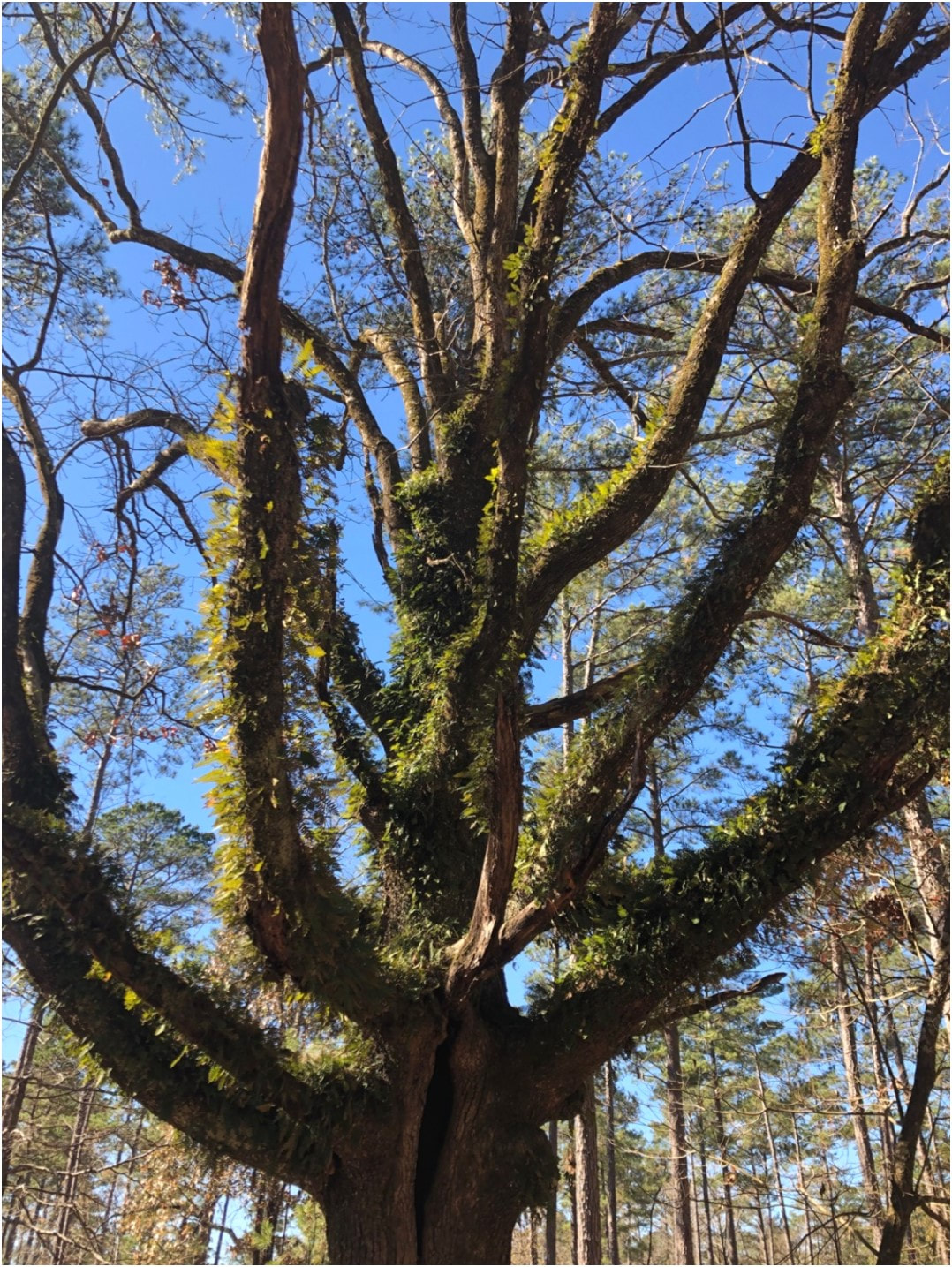
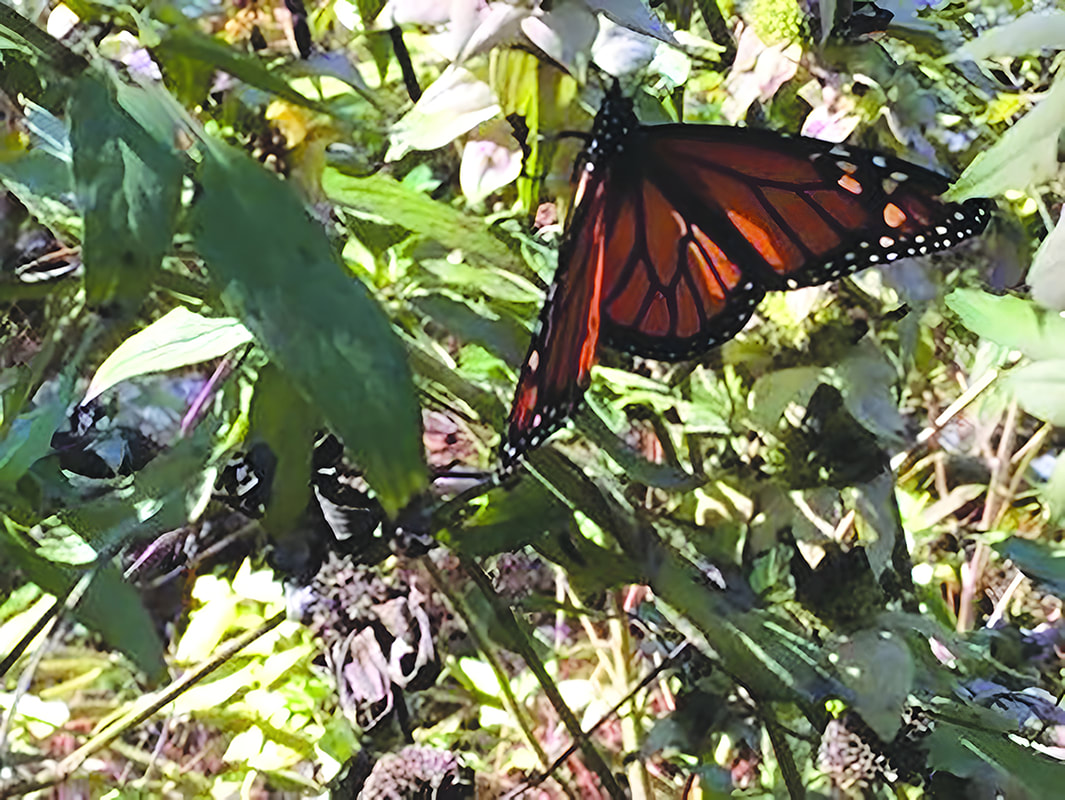
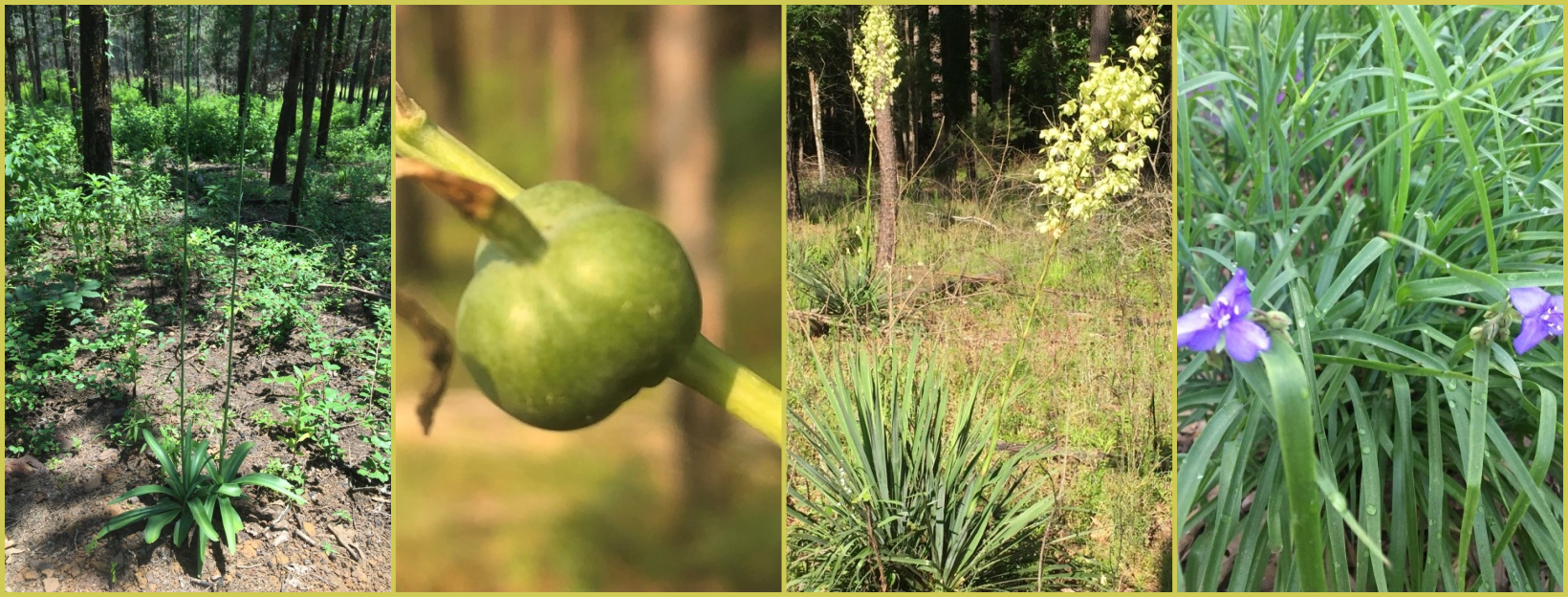
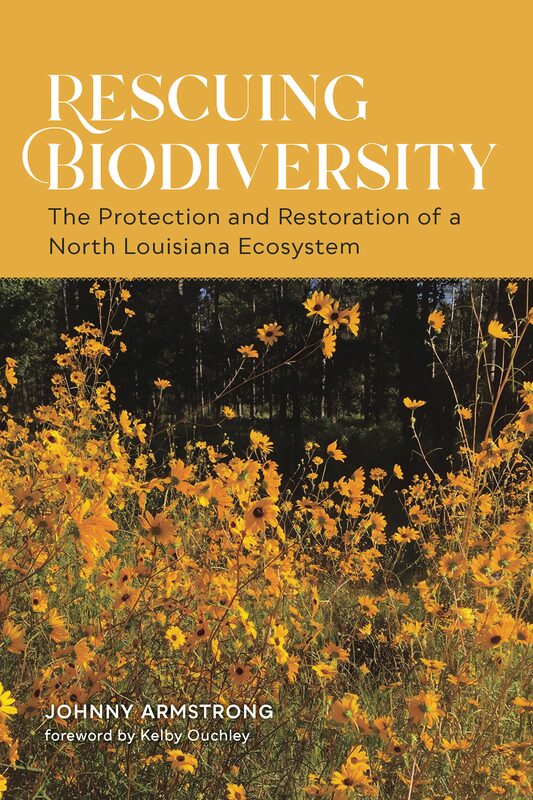
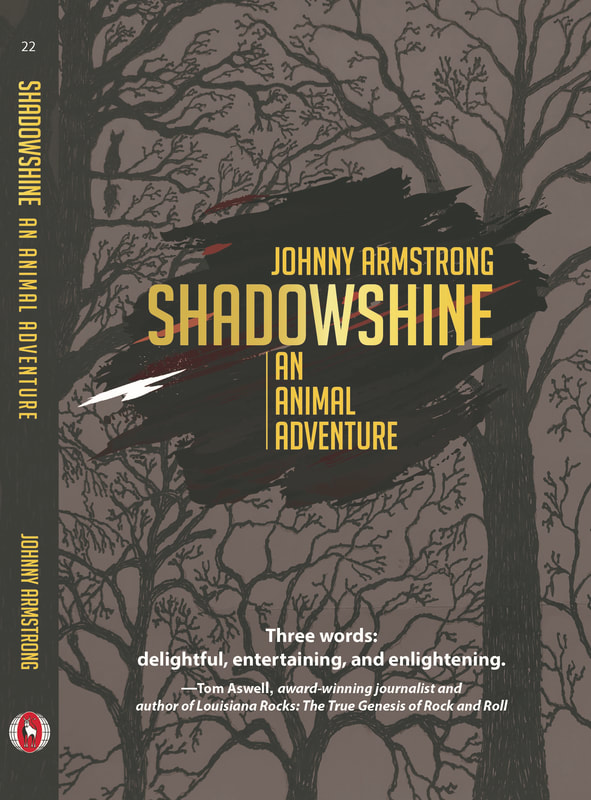

 RSS Feed
RSS Feed
